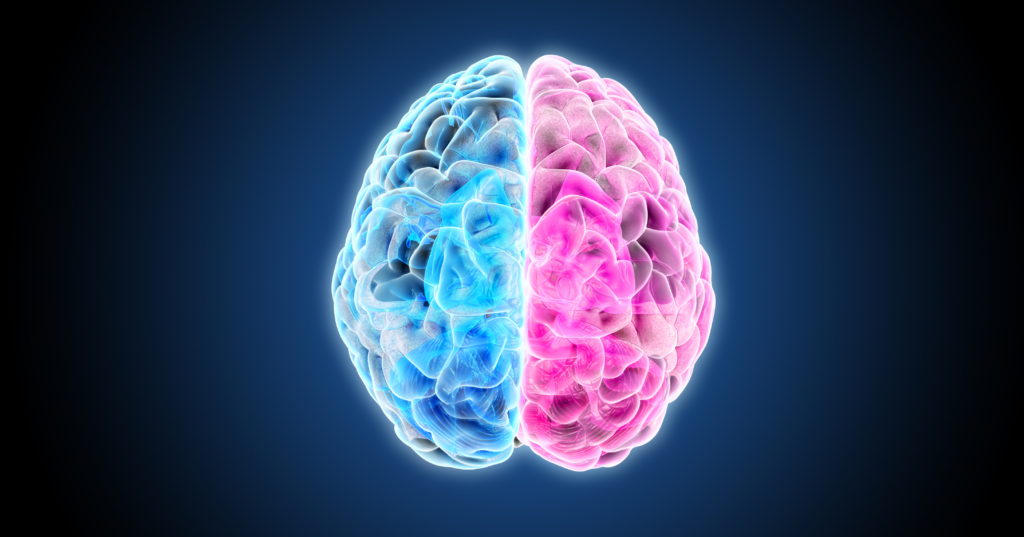“There is hope, even when your brain tells you there isn’t.” ― John Green
February is Psychology Month, which seems appropriate to us, since many people suffer from seasonal or heightened depression and anxiety this time of year. It’s dark, it’s cold – the holidays are long over. Regardless of what the groundhog says, spring feels like it’s years away. This is why we’re shining a light on mental health and the tools you can use to heal this month.
Many suffer in silence – putting on a brave face to show that they’re fine, when they’re really dealing with some heavy emotions inside. This is why anxiety, depression, addiction and PTSD are unfortunately common, and often defined as invisible disabilities.
Certify Your Business with IWSCC
IWSCC stands for Inclusive Workplace Supply Council of Canada. They are Canada’s certifying body for disabled and veteran-owned businesses. As we stated above, many mental illnesses are classified as invisible disabilities. Getting your business certified is one way to join a supportive community while showing the world that a disability doesn’t have to hold you back from success. Getting certified can also expand your network and business opportunities, as you would officially be a diverse supplier. Many of Canada’s biggest companies enjoy giving diverse suppliers an equal opportunity when it comes to awarding contracts. Give yourself an edge, while proudly announcing who you truly are. Mental illnesses are not a weakness – they can be the fire and hope that underpin a meaningful life.
While getting certified by the IWSCC is a positive thing for the business community, we’d like to speak to a broader audience about mental illness and one of our favorite treatment options.
Of course, when it comes to healthcare, you should come up with a treatment plan with your doctor, but it helps to know that there are options out there, and you are not alone.
Staff Shop founder and CEO, Jennifer Ménard-Shand has been very open and honest when it comes to her personal struggles. Ménard-Shand has experienced Anxiety, Depression, Addiction and PTSD (post-traumatic stress disorder) as a child, teen and adult. Untreated, these conditions can keep you from living life to the fullest. For Jennifer, while other therapies have their value, she found that EMDR (Eye Movement Desensitization and Reprocessing) yielded the best results. (To learn more about Jennifer’s story, listen to the Possibilities Matter episode of Tony Chapman’s Chatter that Matters podcast.)
This form of psychotherapy is likened to healing an emotional wound in a similar manner to a physical wound. Untreated wounds tend to fester and get worse over time. This therapy aims to cut off what’s preventing you from healing, quickly.
Learn more by watching this informative video from EMDR International Association.
EMDR has been proven effective at healing many types of trauma. According to EMDR Institute, Inc., “Some of the studies show that 84%-90% of single-trauma victims no longer have post-traumatic stress disorder after only three 90-minute sessions.”
While PTSD is probably the most common type of trauma that’s referenced when talking about the effectiveness of EMDR, there are other common mental illnesses that we want to touch on.
Let’s look at how EMDR helps trauma patients heal from anxiety and depression, addiction and PTSD.
1. Anxiety and Depression
Since many people suffer from anxiety and depression due to past trauma, and they usually go hand in hand, EMDR is an effective treatment option. When we try to avoid traumatic memories, they can manifest in the form of anxiety and plummet to depression. EMDR helps the patient think about the triggering memories while focussing on something else (desensitizing it). Research has shown that EMDR works both as a standalone treatment for depression and/or anxiety as an add-on to Cognitive Behavioural Therapy (CBT).
According to the Canadian Mental Health Association, “Major depression affects approximately 5.4% of the Canadian population, and anxiety disorders affect 4.6% of the population,” and “by age 40, about 50% of the population will have or have had a mental illness.
Many people suffer from addiction. According to CMHA, 6% of Canadians suffer from substance use disorders. Like other mental illnesses, substance use disorders can, and often do, stem from trauma. In Canada, it is estimated that approximately 21% of the population will meet the criteria for addiction in their lifetime. People often use substances and behaviours to cope with past traumas. This becomes a problem when this method of coping interferes with your personal life, your job and your ability to form and hold onto relationships. EMDR International Association describes addiction as the smoke, and trauma as the fire. As long as the fire still burns, there will be smoke. EMDR is a great way to put out the fire!
3. Post-traumatic Stress Disorder
EMDR was created to treat trauma in patients – PTSD, being one of the most severe mental illnesses, is no exception. While Post-traumatic Stress Disorder is often associated with combat zone veterans – with good reason – anyone who has experienced a traumatic event can suffer from PTSD. Famously, Prince Harry opened up about using EMDR to treat his PTSD that stemmed from his mother’s death.
For Jennifer, EMDR has been her weapon of choice for evil combat. However, her faith and belief system is what gives her life purpose and meaning each and everyday. EMDR is a great way to get your life back, but Jennifer believes that; “God has the power to heal faster than decades of therapy.”
Visit jmenardshand.com to book Jennifer for speaking engagements or mentorship opportunities.
Join Us or Hire Us
Please share your experiences with us. We’re always interested in tips and tricks that help us live happier and healthier lives. As always, we invite you to join us or hire us. Contact Staff Shop today!
“Once you choose hope, anything is possible.” — Christopher Reeve








